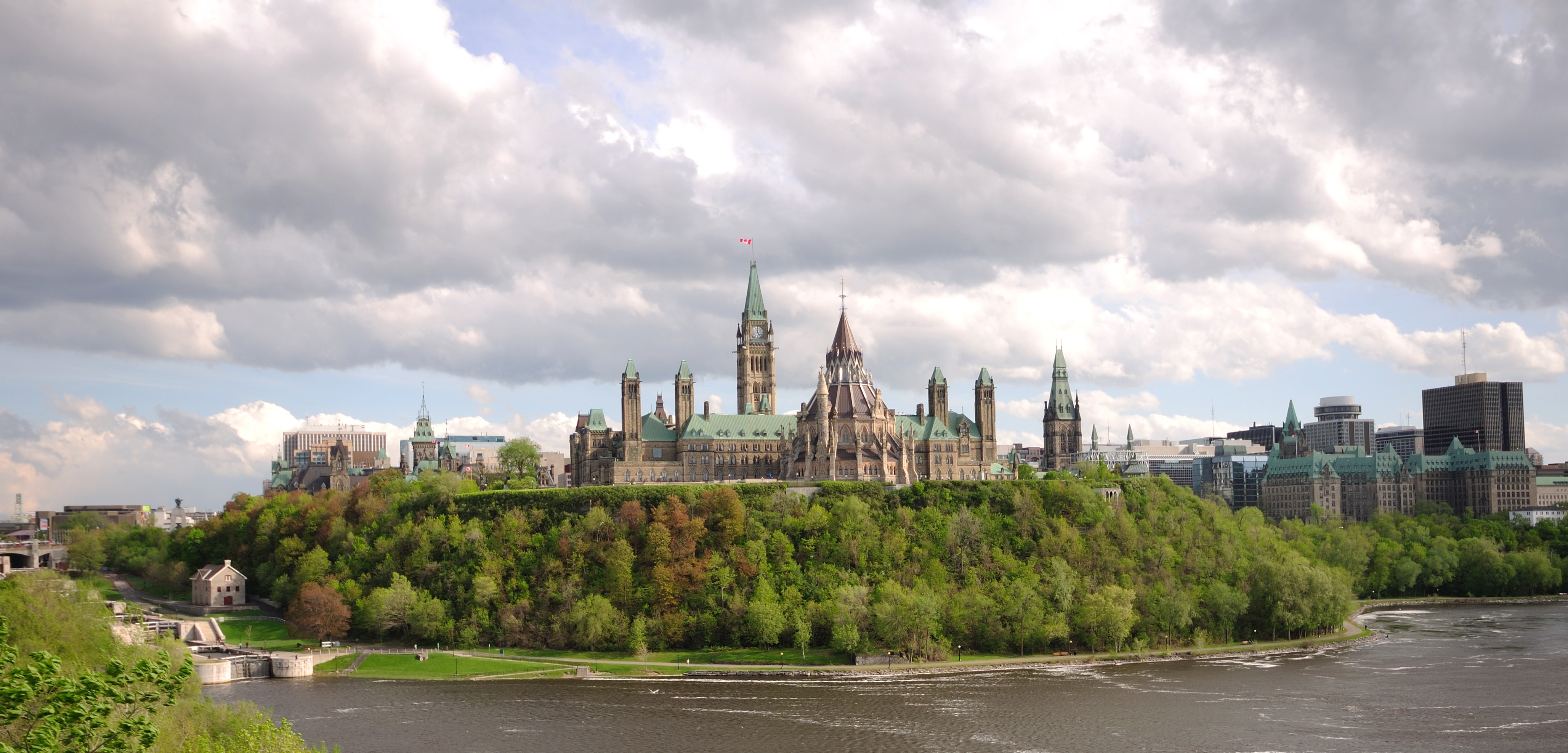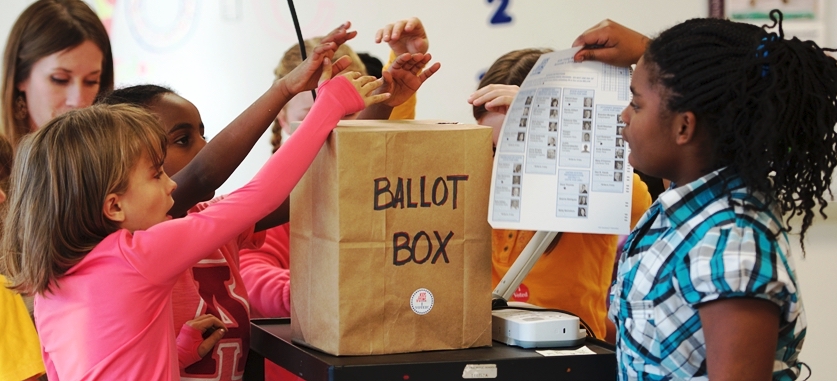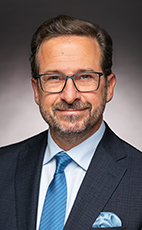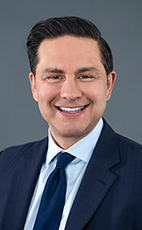The Purpose of iDiscover/iQed
The dawn of a new era of education is now upon us. iQed is democratic technology in education for the digital age: convenient, relevant, immediate, interactive, and dynamic. iQed enables students to use their personal devices to explore, investigate, and become informed on issues of governance and global matters, so that their voices can positively impact local and global communities. iQed empowers students and educators to adequately prepare for the emergence of a fundamentally different world. We believe that by educating the youth of today, we nurture the leaders of tomorrow.
Prominent Canadians
Alphabetical Order

Lincoln Alexander
Lincoln MacCauley Alexander was a Canadian lawyer who became the first Black Canadian member of Parliament in the House of Comm...ons, the first Black federal cabinet minister (as federal Minister of Labour), and the first Black chair of the Worker's Compensation Board of Ontario. From 1985 to 1991, Lincoln Alexander served as the 24th Lieutenant Governor of Ontario.
Marie-Joseph Angélique
Marie-Joseph Angélique was an enslaved Black woman in 18th-century Montreal who resisted oppression and was accused of setting... a fire that destroyed much of the city in 1734. Her story symbolizes resistance against slavery in Canada, highlighting the harsh realities of racial oppression and sparking ongoing discussions about justice and systemic racism in Canadian history.
Sir Arthur Currie
Called "Canada's greatest soldier," Sir Arthur Currie was a World War I (1914-1918) general who, in 1917, became the first Cana...dian to command a regiment of the British Empire's armed forces. He is considered an important architect of several allied victories on the war's western front.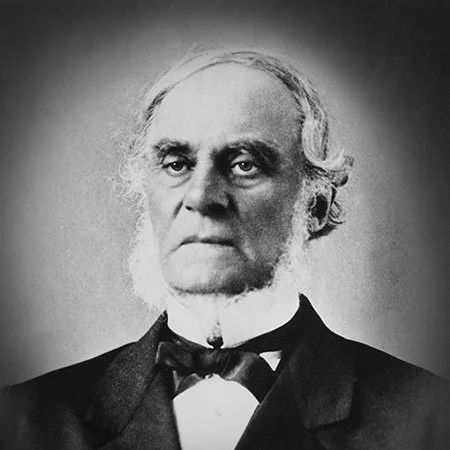
Sir James Douglas
Sir James Douglas, a Canadian statesman, was known as “the father of British Columbia.” He became its first governor when i...t was a newly formed wilderness colony. He was instrumental to the resettlement of 35 African Americans known as the Pioneer Committee. They were fleeing a life of racial persecution in San Francisco and arrived in the province aboard the steamship Commodore. In 1863, Douglas was knighted by Queen Victoria for his services to the Crown.
Terry Fox
After losing his right leg to cancer at age 18, Terry Fox decided to run across Canada to raise awareness and money for cancer ...research. With the use of a customized running prosthesis, he set out from St. John's, Newfoundland, on 12 April 1980 and covered 5,373 km in 143 days — an average of 42 km (26 miles) per day. However, on September 1, 1980, Terry Fox had to end the Marathon of Hope outside Thunder Bay, Ontario when cancer had spread to his lungs.
Josiah Henson
Josiah Henson was a former enslaved man who escaped to Canada and became a leader in the abolitionist movement. He founded a se...ttlement and school for other escaped enslaved people in Ontario, inspiring freedom and education efforts, and his life served as a model for the character of Uncle Tom in Harriet Beecher Stowe's Uncle Tom’s Cabin.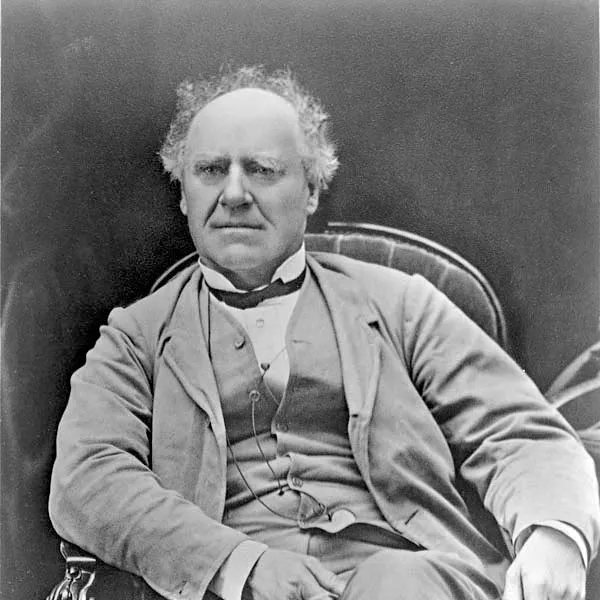
Joseph Howe
An iconic Nova Scotia politician and pro-democracy activist, Howe was considered a key figure in making his colony the first in... British North America to embrace the democratic "responsible government" parliamentary system.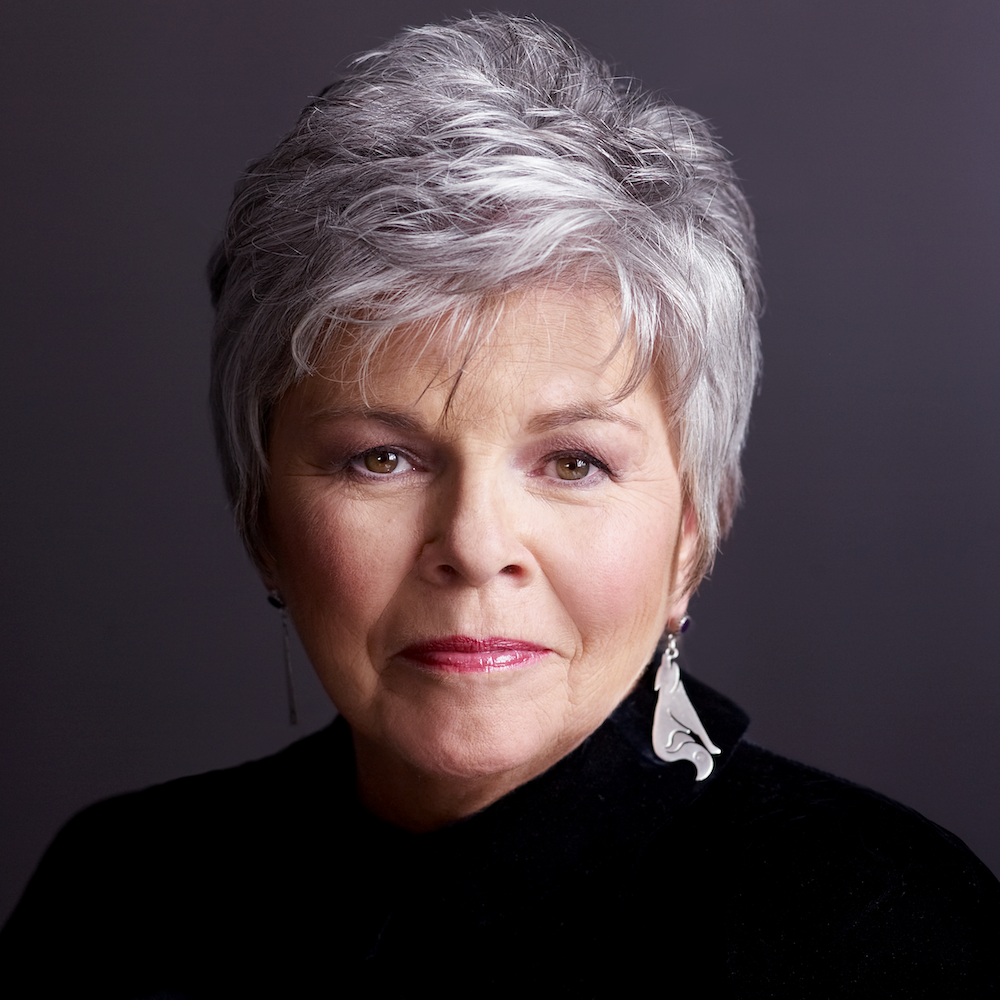
Roberta Jamieson
Roberta Jamieson, a member of the Six Nations of the Grand River, was the first Aboriginal woman to earn a law degree, the firs...t non-Parliamentarian to be appointed an ex-officio member of a special House of Commons committee on Indian self-government, the first Aboriginal Commissioner of the Indian Commission of Ontario, and the first woman appointed as Ontario's Ombudsman.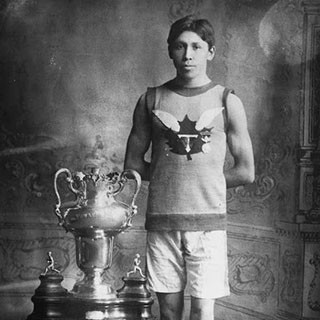
Tom Longboat
Tom Longboat was a leader in establishing marathon running as an international sport. He won many marathons in record-breaking ...times, beating competitors from all over the world. In 1907, Longboat was the first Indigenous person to win the Boston Marathon, and in 1908, he competed for Canada at the Olympic Games in London, England.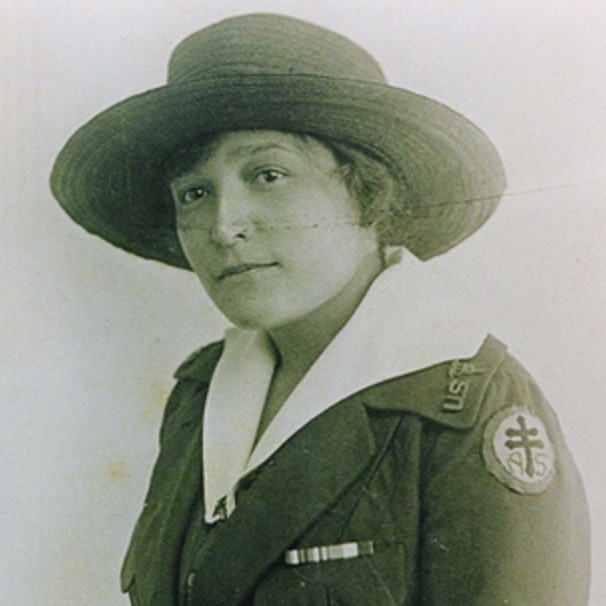
Edith Monture
Often known as Edith Monture, she was a Mohawk First World War veteran and registered nurse. Edith was the first Indigenous wom...an to become a registered nurse in Canada and to gain the right to vote in a Canadian federal election.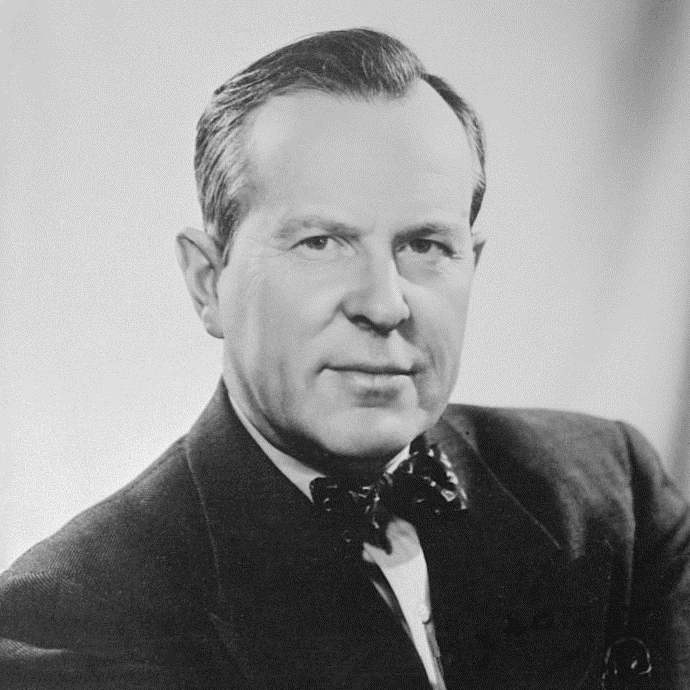
Lester B. Pearson
Lester B. Pearson was a Canadian politician and diplomat who served as prime minister of Canada (1963–68). He was prominent a...s a mediator in international disputes, and in 1957, he was awarded the Nobel Prize for Peace.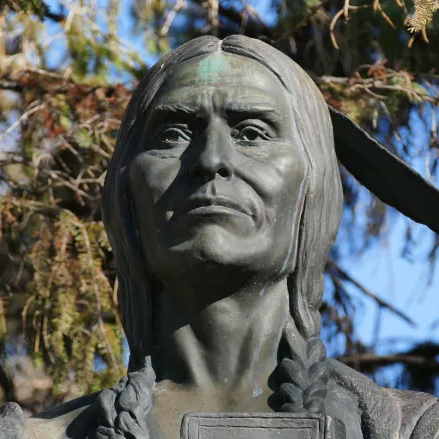
Chief Peguis
Peguis was a Saulteaux chief who moved from the Great Lakes area to Red Lake, arriving in what is now southern Manitoba in the ...1790s.
Louis Riel
Louis Riel was a Canadian politician, a founder of the province of Manitoba, and a political leader of the Métis people. He le...d two resistance movements against the Government of Canada and its first prime minister, John A. Macdonald.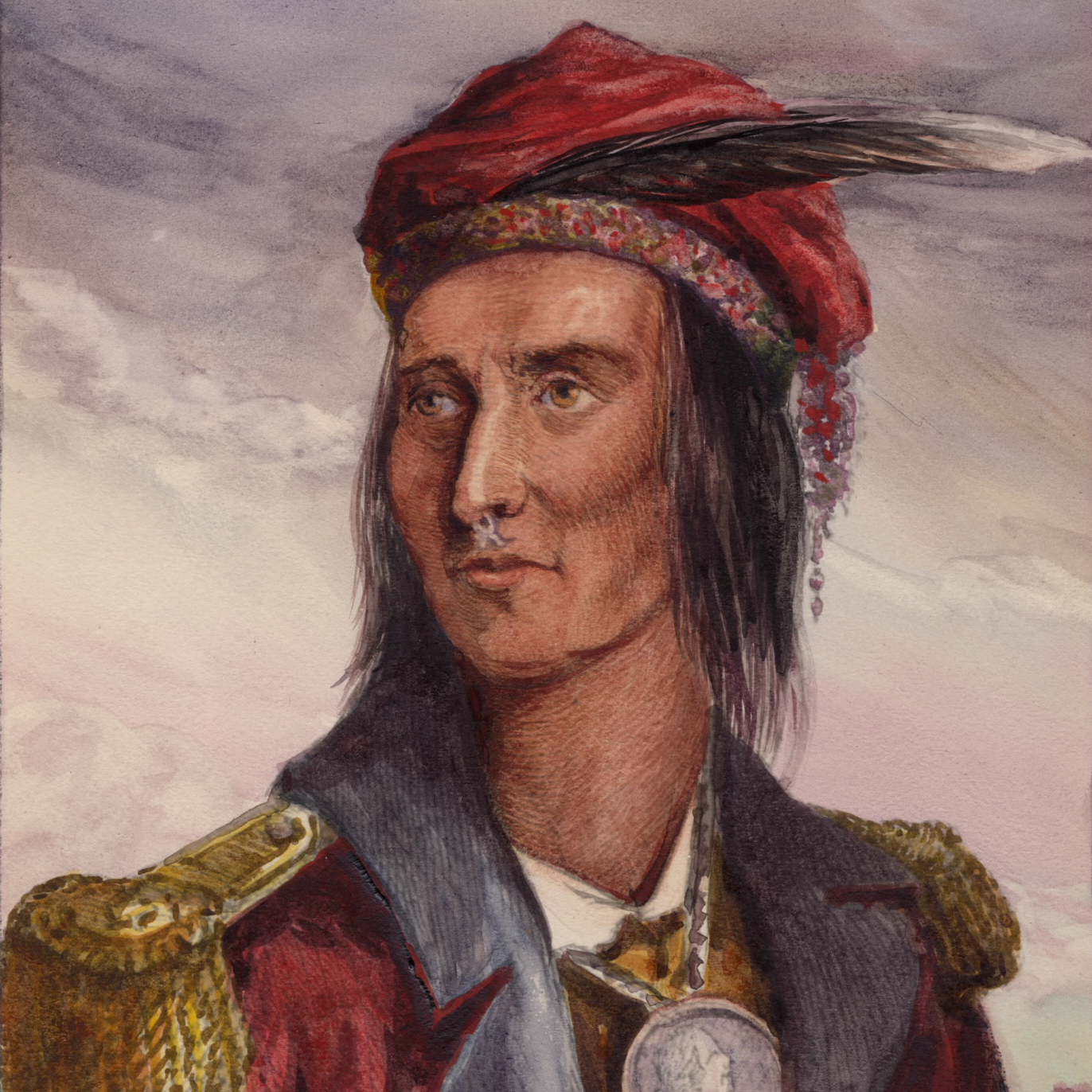
Chief Tecumsah
Canada’s most famous aboriginal leader, Chief Tecumseh, was head of the Shawnee Nation and a vital British ally during the Wa...r of 1812. As leader of a confederacy of tribes in the Ohio Valley, his opposition to American settlement led to a British alliance. When the Anglo-American war began, his troops helped secure a handful of early British victories. His life was abruptly ended on the battlefield.Federal Parliamentary Leaders
Alphabetical Order
Provincial/Territorial Parliamentary Leaders
Alphabetical Order
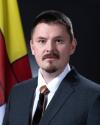
P.J. Akeeagok
PARTY AFFILIATION:
POSITION: Premier of Nunavut
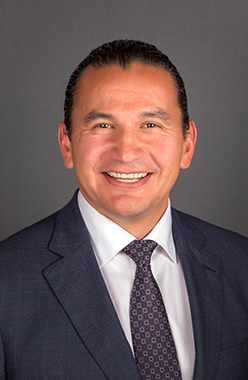
Wab Kinew
PARTY AFFILIATION: New Democratic Party of Manitoba
POSITION: Premier of Manitoba
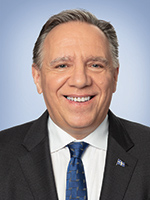
François Legault
PARTY AFFILIATION: Coalition avenir Québec
POSITION: Premier of Québec
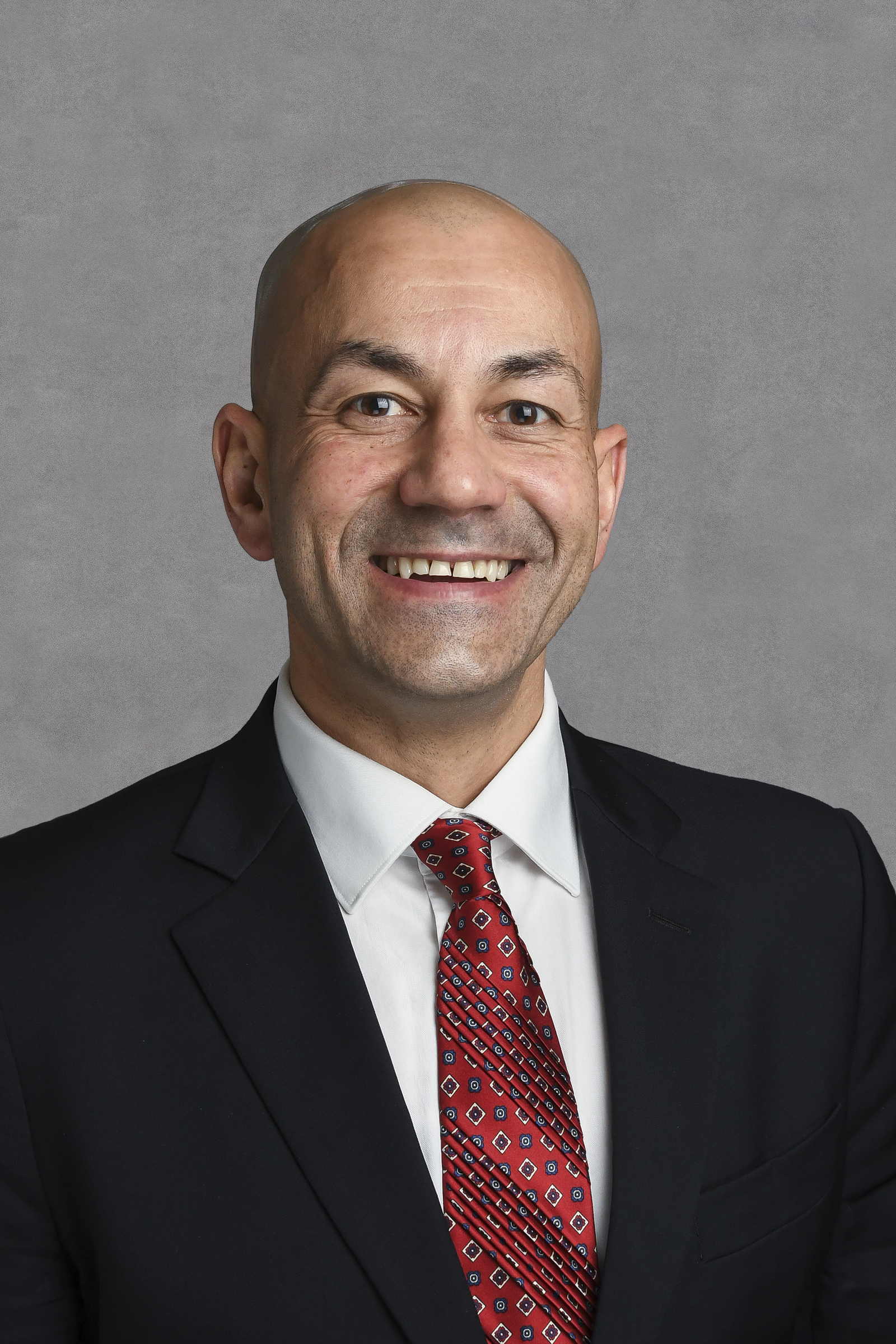
Ranj Pillai
PARTY AFFILIATION: Yukon Liberal Party
POSITION: Premier of Yukon, Minister of the Executive Council Office Minister of Economic Development Minister responsible for the Yukon Housing Corporation

R.J. Simpson
PARTY AFFILIATION:
POSITION: Premier of the Northwest Territories, Minister of Executive and Indigenous Affairs, Minister of Justice, Government House Leader
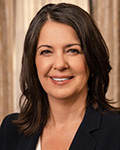
Danielle Smith
PARTY AFFILIATION: United Conservative Caucus
POSITION: Premier of Alberta Minister of Intergovernmental Relations

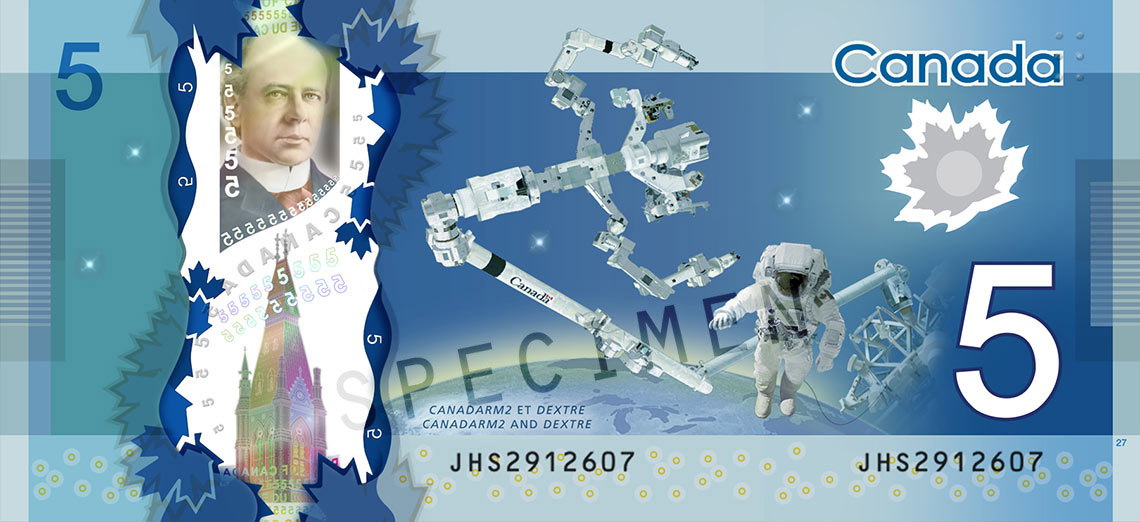
Wilfred Laurier is best known for his compromises between English and French Canada. Laurier studied law at McGill University and practised as a lawyer before being elected to the Legislative Assembly of Quebec in 1871. He was then elected as a member of Parliament (MP) in the 1874 federal election.

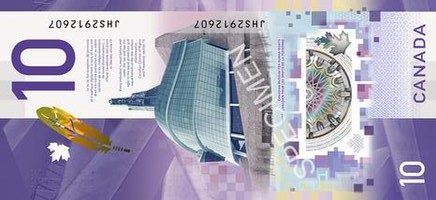
Viola Desmond was a Black Nova Scotian and Canadian civil and women's rights activist. She challenged the racial segregation laws at a cinema in Nova Scotia, by refusing to leave a whites-only area of the Movie Theatre.

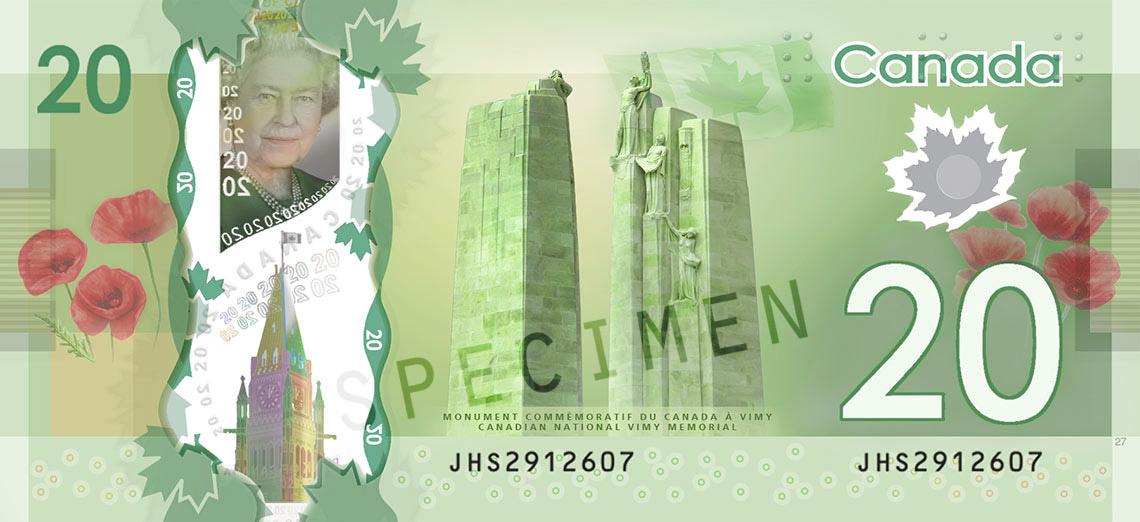
Queen Elizabeth II was the Queen of the United Kingdom and the Commonwealth countries from 6 February 1952 until her death in 2022. She was queen regnant of 32 sovereign states during her lifetime, and was head of state of 15 realms at the time of her death. She is the longest serving British Monarch.

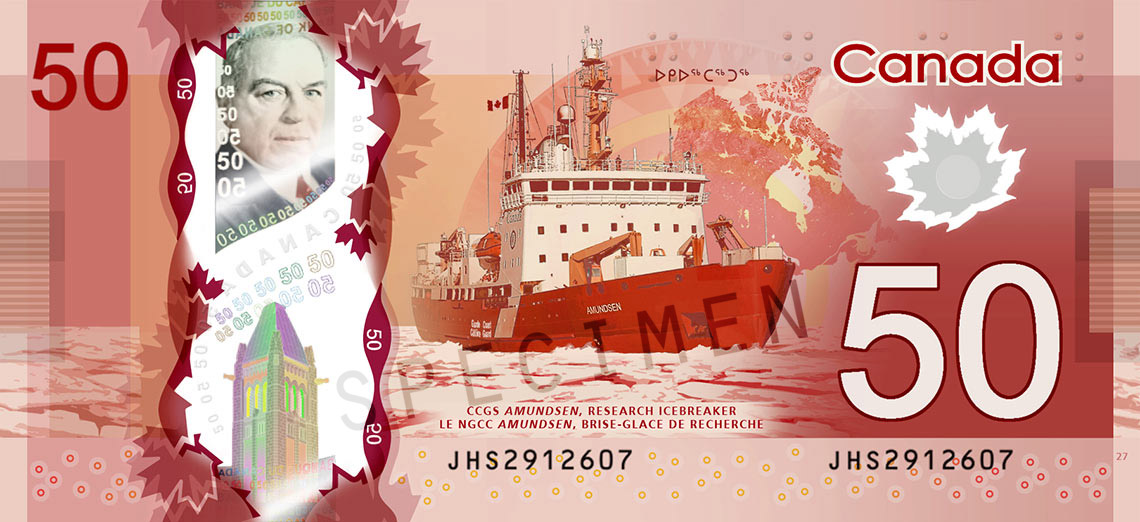
William Lyon Mackenzie King was the tenth prime minister of Canada for three non-consecutive terms from 1921 to 1926, 1926 to 1930, and 1935 to 1948. He was a Liberal and the dominant politician in Canada from the early 1920s to the late 1940s.
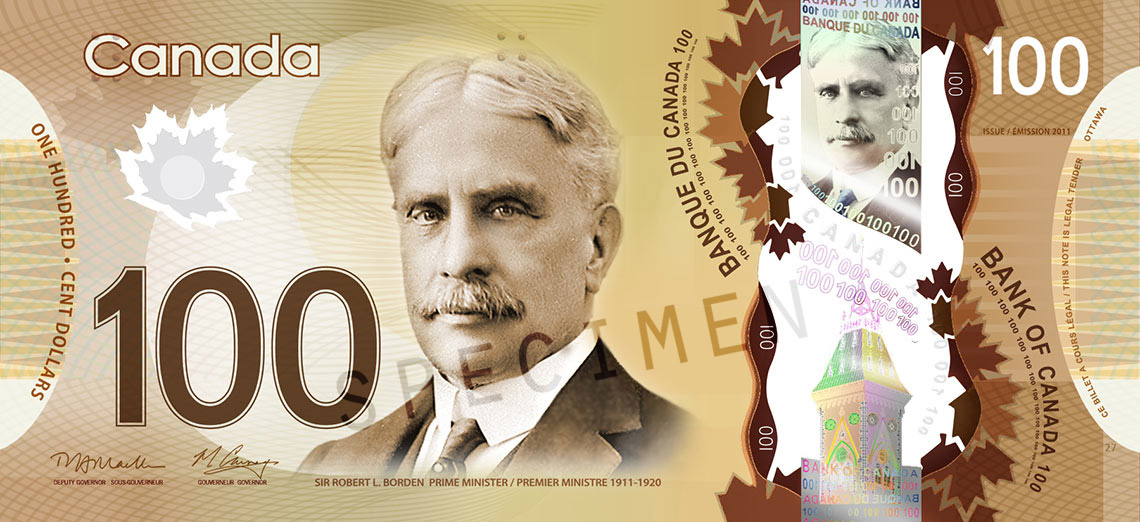
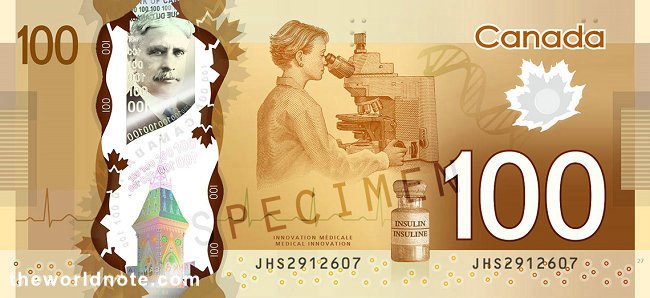
Sir Robert Borden was the eighth prime minister of Canada from 1911 to 1920. He was a lawyer, and as PM he was best known for his leadership of Canada during World War I. Borden was born in Nova Scotia.
Bank of Canada

The Bank of Canada is the nation's central bank. The main role is "to promote the economic and financial welfare of Canada," as defined in the Bank of Canada Act. It was founded as Canada's central bank in 1934 and opened its doors in March 1935. In 1938, it became a Crown corporation belonging to the federal government. The Bank of Canada Act has been amended several times, but the preamble to the Act has not changed. They still exist "to regulate credit and currency in the best interests of the economic life of the nation.
Canadian Bank Note

Canadian Bank Note dates back to 1897, when it started out as Canada's trusted security printer. Today, they apply the highest standards to the design, development and integration of secure, leading-edge technology for not just the Canadian Government, but governments across the globe. Together, they have deployed complex solutions that secure borders, empower citizens, protect national currencies and generate revenue for government social initiatives.
Royal Canadian Mint (Ottawa)
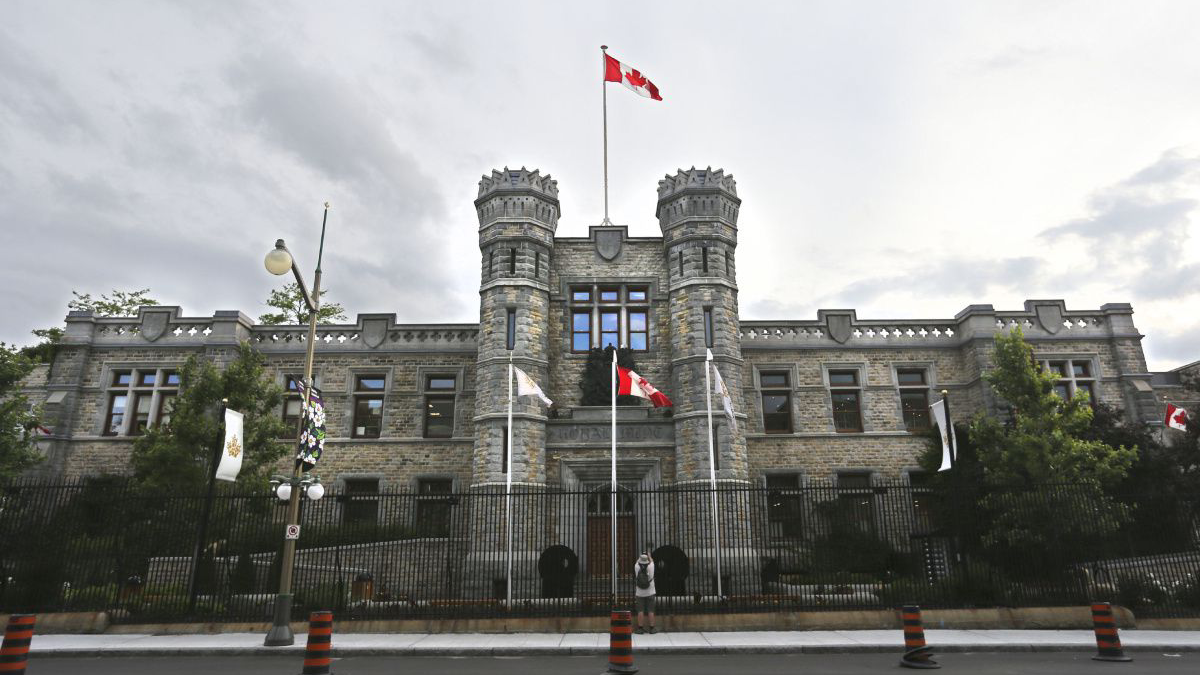
The Royal Canadian Mint's headquarters occupies the same historic building in Ottawa where it was founded in 1908. Today, the facility proudly produces world-renowned collector coins, gold and silver bullion, and medals and medallions that honour those who have made a significant impact on our country.
Royal Canadian Mint (Winnipeg)
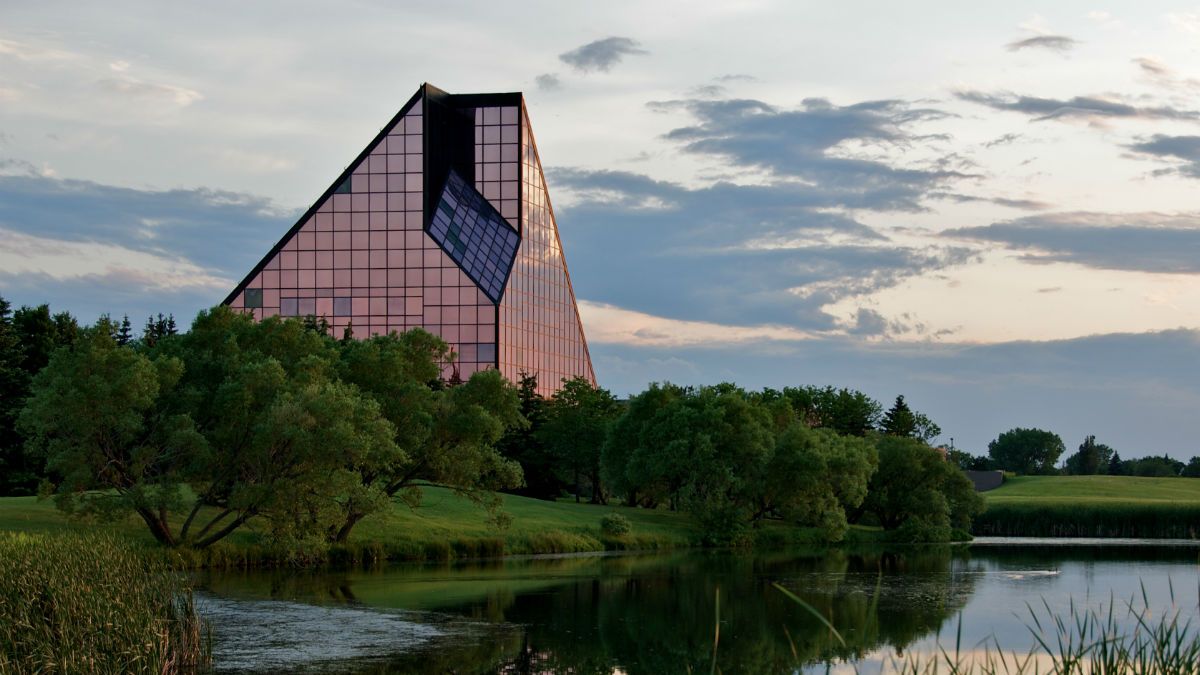
The Royal Canadian Mint's Winnipeg location is a world leader in circulation coin design and innovation. Established in 1976 as a high‑tech, high‑volume manufacturing facility, every single Canadian circulation coin is produced here, as well as circulation coins for countries around the world.


